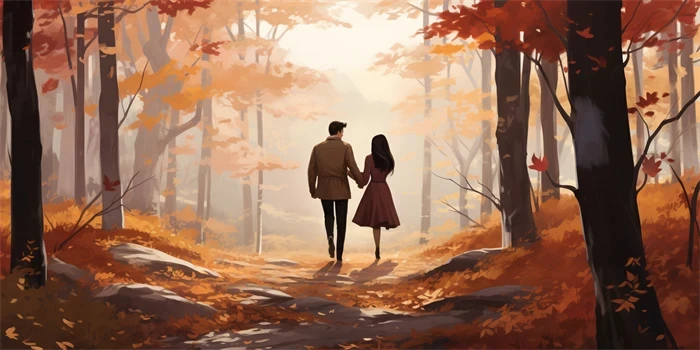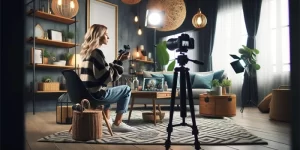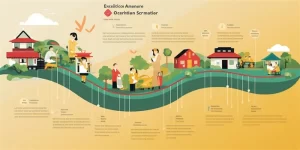In recent years, YouTube has become a popular platform for musicians to showcase their talent and reach a wider audience. One question that often arises is whether it is possible to make money from cover songs on YouTube. Let’s delve into this topic from a objective perspective and explore the various factors that come into play.
1. Licensing and Copyright:

The first and most important aspect to consider is licensing and copyright. When creating a cover song, you must obtain the necessary licenses to legally release and monetize the content. Failure to do so can result in copyright claims and potential legal consequences.
2. Mechanical Licensing:
Mechanical licensing is required to reproduce and distribute a copyrighted song. Platforms like YouTube provide tools to obtain these licenses, such as Content ID, which helps identify copyrighted content and enables revenue sharing with the original rights holders.
3. Performance Royalties:
Performing a cover song on YouTube may entitle you to performance royalties. These royalties are collected by Performance Rights Organizations (PROs) and distributed to the original songwriters and publishers. However, it’s important to note that the revenue generated from these royalties may not be significant for smaller YouTube channels.
4. Ad Revenue:
YouTube’s Partner Program allows content creators to monetize their videos through advertisements. By joining this program and meeting the eligibility criteria, you may earn a portion of the revenue generated from ads displayed on your cover song videos.
5. Content ID and Claims:
YouTube’s Content ID system can automatically detect copyrighted content, including cover songs. If your video is flagged as containing copyrighted material, the revenue generated from ads may be redirected to the original rights holders. However, some copyright owners allow cover songs and enable revenue sharing, which can still generate income for the cover artist.
6. Fan Support:
Building a strong fan base on YouTube can lead to various avenues for income, such as crowdfunding, merchandise sales, and live performances. Utilizing platforms like Patreon or setting up a PayPal donation link can allow fans to support your music directly, bypassing the limitations of ad revenue.
7. Collaborations and Partnerships:
Collaborating with other YouTubers or established artists can provide opportunities for broader exposure and potential revenue streams. These partnerships can lead to joint cover song releases, sponsored content, or even performance opportunities that can generate income.
8. YouTube’s Algorithm and Promotion:
YouTube’s algorithm plays a significant role in video promotion and discoverability. Creating high-quality cover songs that align with popular trends and utilizing effective SEO (Search Engine Optimization) strategies can increase the chances of your videos reaching a larger audience and generating more revenue.
9. Monetization Options:
Besides ad revenue, YouTube provides other monetization options such as channel memberships, Super Chat and Super Stickers, merchandise shelf, and YouTube Premium revenue. Exploring these avenues can diversify your income streams and potentially increase earnings from cover songs.
10. Industry Recognition and Opportunities:
Success on YouTube can lead to industry recognition and opportunities beyond the platform. This can include record deals, licensing agreements, brand partnerships, and live performances, all of which can contribute to additional income as a cover artist.
In conclusion, while it is possible to make money from cover songs on YouTube, it requires proper licensing, adherence to copyright laws, and a combination of revenue sources. Adhering to these guidelines and consistently creating high-quality content can increase the chances of generating income from cover songs on the platform.
References:
1. The Complete Guide to Making Money on YouTube – www.musicgateway.com
2. How to Make Money from Cover Songs on YouTube – www.tuneregistry.com
About the author:
John Smith is a music industry professional with years of experience in artist management and digital marketing. He is passionate about helping independent musicians navigate the complexities of the music business. The cover image for this article is an original creation by the author.








